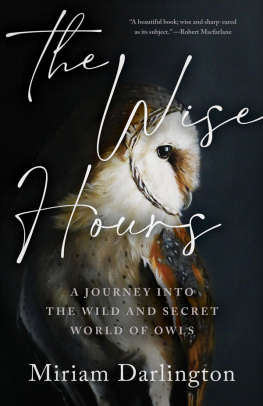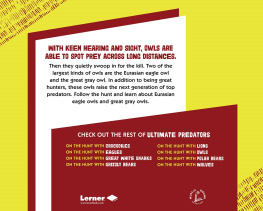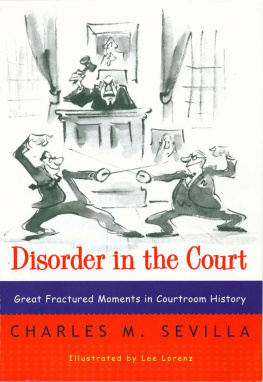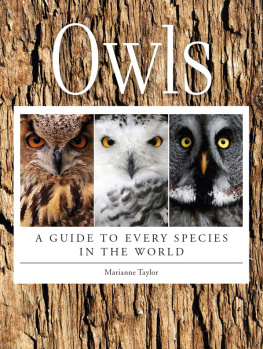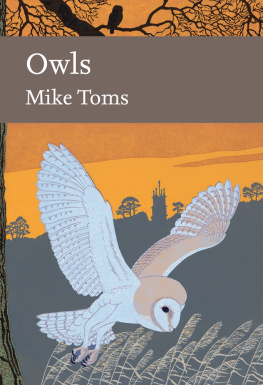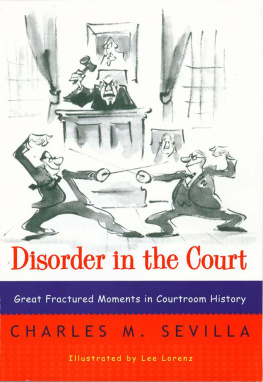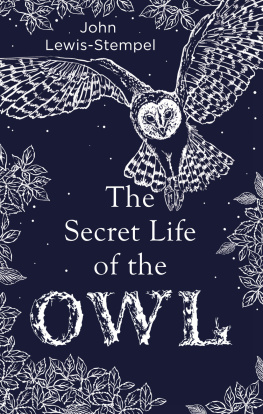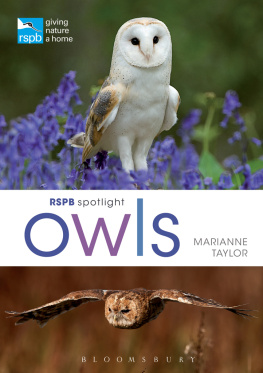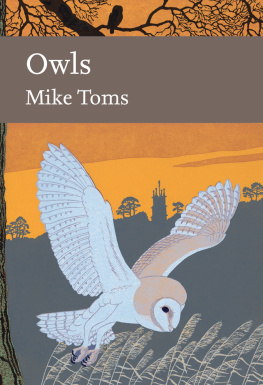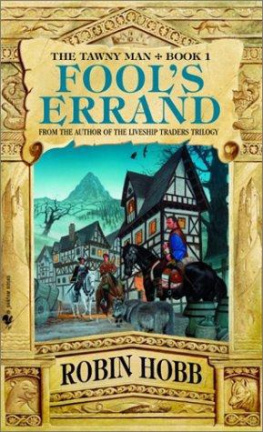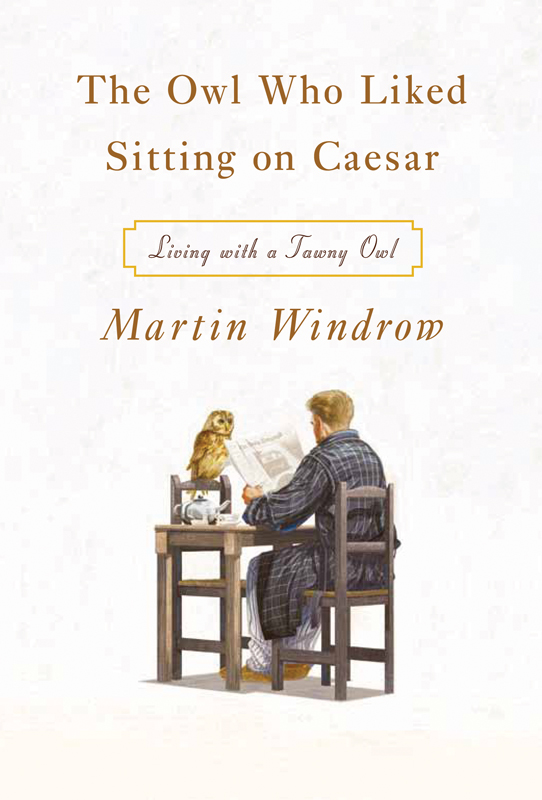Contents
Guide
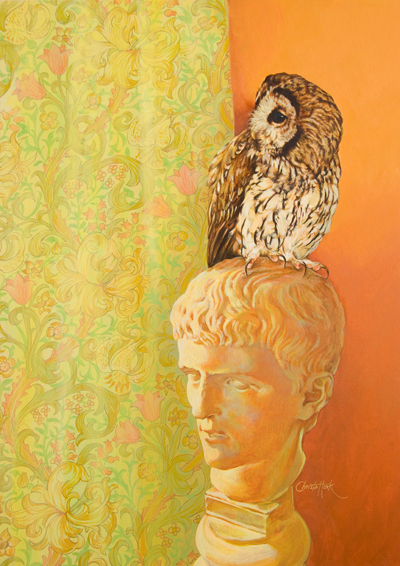

The author and publisher have provided this e-book to you for your personal use only. You may not make this e-book publicly available in any way. Copyright infringement is against the law. If you believe the copy of this e-book you are reading infringes on the authors copyright, please notify the publisher at: us.macmillanusa.com/piracy.
CONTENTS
A NOTE ON OWLS
READERS SHOULD BE aware that in the UK all birds of prey, their eggs, and their hatchlings are fully protected by law. If you chance upon what you think is a lost owlet in the spring, do not be tempted to rescue it and take it home with you. Only interfere if it is obviously in harms wayon the ground, within reach of dogs and other predators. In that case, pick it up by cupping it softly in your hands, lift it onto a safe branch, and leave it for its parents to find (they certainly wont be far away)or for it to climb back to the nest by itself, which it will usually manage perfectly well. It is a myth to imagine that owls will abandon their young if they become tainted with human scent by being touched. Traditionally, it has been believed that owls have almost no sense of smell; whether or not thats true, if they find their strayed fledgeling within about twenty-four hours the parents will continue to feed it.
Only if the owlet is clearly injured should you even consider taking it home. In such cases it is important to contact some qualified persona vet, a local RSPB or RSPCA officer, but preferably a specialist bird rescue centre without delay. Keep it in a good-sized cardboard box, open at the top.
If it is necessary to feed an owlet before somebody better qualified can take over its care, do not feed it bread and milk, which will kill it; owls are exclusively carnivores, whose digestion depends on making use of all parts of their animal prey. If you have to feed an owlet, then offer it scraps of raw minced beef (repeat: beefnot all meats are safe), perhaps dipped in egg-yolk; use something like a blunt matchstick, and position the food well back in its mouth. A short-term solution to the important need for roughage is to mix in bits of soft feather (obviously, natural materials onlynothing that might have been dyed or otherwise chemically treated). But an owls dietary needs are more complicated than this; enlist the help of an expert in the care of raptors, and get real-time advicequickly. The following address and websites may be helpful:
Hawk and Owl Trust
PO Box 400, Bishops Lydeard
Taunton TA4 3WH
Tel: 0844 984 2824
enquiries@hawkandowl.org.uk
www.animalrescuers.co.uk/html/owls.html
www.barnowltrust.org.uk
www.raptorfoundation.org.uk/finding.htm
Introduction
APRIL 1981
SHAVING IS TRICKY with an owl on your right shoulder.
When I am working on the right side of my throat, Mumble tends to make darting, snake-like passes with her beak at the handle of the razor as it reaches the top of each stroke. Often, with a curiosity that disappointing experience never seems to dull, she takes opportunities, while I am working on the left side of my neck, to peck thoughtful gobs of shaving soap off the right side. The taste does not seem to appeal; after a few ruminative smacks of her mandibles she gives a little sneeze ( snit!) , and most of it ends up distributed around her whiskers. Still, she sometimes hops down to the edge of the basin and watches the floating clots of soap and bristles with interest. She feels delightful against my bare belly, warm and velvet-soft; butgiven her lively and usually tactile curiosityI get a little nervous when she heads that far south.
I have tried persuading her to stroll across behind my neck to the left shoulder when operations on that side are complete, but shes a right-shoulder owl by preference, andlike meshe does not welcome any kind of novelty at this hour of the day. We are both operating on auto-pilot, and this limited ability to cope with mornings is a bond between us.
The shaving mirror reflects two pairs of eyesone pair bloodshot blue, one glassy blackside by side in a rather sordid mess of wet hair, soap, and feathers. I imagine that I can recognize in both pairs the familiar morning combination of apathy tinged with vague suspicion about what the day may bring: for me, sinister buff envelopes with cellophane windows; for her, perhaps, a troublesome frayed feather among the left wing secondaries. Who am I to add to her problems by trying to force her to cope with a radical new concept like helping me to shave from the left shoulder? We manage; in fact, we manage so well that usually I dont even notice the bizarre adjustments into which I have gradually slipped during the three years since we first met.
OCTOBER 2013
MUMBLE WAS SO much a part of my life in those days that the oddity of our relationship seldom occurred to me, and I only thought about it when faced with other peoples astonishment. When new acquaintances learned that they were talking to a book editor who shared a seventh-floor flat in a South London tower block with a Tawny Owl, some tended to edge away, rather thoughtfully. Collectors of eccentrics were pleasedsome of them to the extent that for years afterwards I was deluged at Christmas and birthdays with owl-related greetings cards. (This was mildly endearing at first, but got rather wearying in the longer term.) However, more conventional-minded people might question mesometimes, I thought, rather relentlesslyabout the practicalities of my domestic arrangements. I tried to answer patiently, but I found it hard to come up with a short reply to the direct question Yes, but why ?; my best answer was simply Why not?
I am embarrassed to recall that on one occasion I tried an unattractively smart-arse routine: LookIve lived with her for two years. She costs me about twenty quid a year, all in. Shes wonderfully pretty, and amusing. Shes affectionate without being needy, and she smells great. She doesnt mind how late I get home, she doesnt talk at breakfast time, and we hardly ever argue over who gets which bit of the Sunday paper. When I thought over what this rant might suggest about my attitude towards human female company, I swiftly dropped it from my conversational repertoire.
Almost invariably, when people actually met Mumble I didnt have to say anything more to convince them. Whatever their preconceptions, when they were first confronted by a Tawny Owl at close range, their faces would instantly light up and soften. During her first year or so, when it was still possible for her to meet strangers without glass or wire mesh between them, thenunless I remembered to caution themtheir first wondering exclamation (usually along the lines of Oh! but its gorgeous !) would often be accompanied by an instinctive reaching out to stroke her.
Rather less welcome was my discovery that if I met that person again only after an interval of years, the first thing they tended to say was Oh yes, of coursethe owl man! I have since consoled myself with the thought that there are far worse reasons for being (however slightly) memorable.
* * *
THE STRICTURES IN the Note on Owls against giving way to a temptation to rescue a lost owlet might seem hypocritical in a book about the pleasures of living with an owl, but my justification is that Mumble was not taken from the wild. She was hatched in captivity and reared by hand, and never knew a relationship with her own kind. I was able to give her a much longer, better-fed, and less dangerous life than she would have known in the woods. At first I did feel an occasional twinge of guilt about denying her the freedom of the skies, but I soon found out that in the case of a Tawny Owl such feelings have everything to do with human sentimentality and nothing whatever to do with Naturea tawny isnt a skylark or a peregrine falcon; its a home-loving cat with wings. On the couple of occasions when she had the opportunity to do so, Mumble failed to show the slightest interest in exploring the freedom of the skies (and in the end, it was probably somebody in the grip of that sentimental delusion who caused her premature death).


